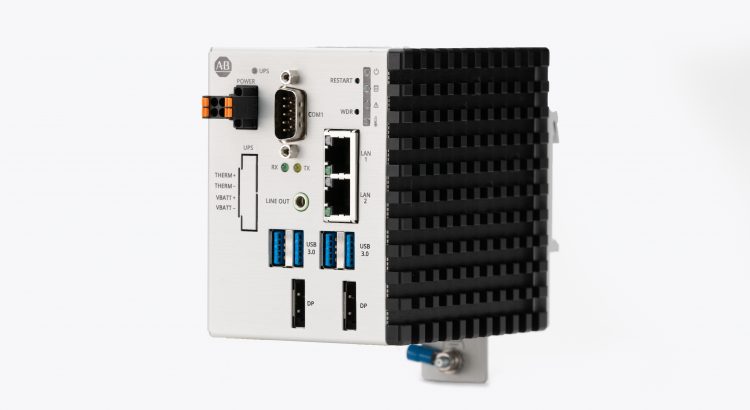The proliferation of the Internet has created the largest interconnected network of machines the world has ever known. Our connected world is so complex that no one person or group understands everything that is needed to maintain the network and keep it in a healthy state.
The effort to maintain the network as “up” is constant. No matter where you live, someone near you is working right now to prevent something or stop something from losing its connected state. They may work just as tirelessly to get something back online that has lost its connection to everything else.
Of course, most of us never concern ourselves with these issues until we lose our connection to everything else. This scenario recently happened when many woke up to the CrowdStrike outage that caused major business disruptions over the last few weeks, especially for airlines and healthcare agencies.
This is a Big Deal
This issue is a big deal because it demonstrates the real dangers, and highlights the fragility, of a connected world of computers. Almost all these computers have an operating system. If you are unfamiliar, the operating system, or OS, is the intelligence behind every computer.
Even though operating systems are all around us now (PCs, phones, cars, etc.) most of them get updated automatically. The average person does not, and will not, take the time to manage this task manually. Many businesses cannot manage this job any better than individuals. This fact is why businesses like CrowdStrike exist. These datacenters oversee computer systems used by third parties. These third parties rely on their providers to take care of managing and distributing these updates in a planned, secure manner. Good news – this system works most of the time!
The problem is, when it fails, the failure can be wide and catastrophic. The recent CrowdStrike issue is being called the largest outage in IT history.
So if we know that any device connected to a network is exposed to the possibility of being compromised, what steps can organizations take to mitigate the risks associated with a fully connected enterprise? Since making everything less connected is not an option for most businesses, other solutions must be sought.
Mitigation is the Proper Strategy
One of the best ways to mitigate the depth of the effect that auto-updates can cause is to reduce the necessity for this type of management in the first place.
Many end user computing devices no longer need a full operating system. This is because most computer users are not “power users”. Most use only a small portion of their computer’s processing power. They don’t make any major changes to the settings of their computers nor use them in ways that take advantage of all the power that is available.
This is why thin client computing has been a growing part of the IT world for the last two decades. Thin client computing uses a less powerful computing device to run a smaller, and hence less vulnerable, operating system or to run no locally installed operating system at all, yet still provide a full computing experience. The latter not only removes the need to manage the device locally, but it can also reduce the depth at which a CrowdStrike, or a similar issue, might affect an entire organization.
Thin clients, without a locally installed OS, can reduce the scale of issues like we saw with CrowdStrike. Imagine if only a handful of operating systems had needed updating when CrowdStrike fumbled their infamous update versus the tens of thousands that ended up receiving the compromised patch.
Organizations seeking to avoid similar issues would do well to consider thin client technology that offers a true zero client option that requires no locally installed operating system. This solution reduces the scope of IT management and reduces the attack surface created by too many locally installed operating systems deployed in the business.
Trim Your Risks by Going Thin
Thin client systems are available for consumer-grade businesses all the way up to modern industrial facilities. Customers seeking to migrate to a thin client solution should make sure that their providers have the type of hardware best suited for their type of business.
Less expensive, commercial-grade hardware is great for offices and retail businesses. Industrial-grade hardware is recommended for manufacturing facilities as these devices are designed to handle the vibration, particulate and other damaging factors in these more challenging environments.
Finally, be sure that your thin client solution is easy to manage. The nature of zero clients makes them perfectly suited for centralized management. You’ll want to ensure your thin clients have a management solution that allows you to make configuration changes and set up new terminals, users, etc. from an easy-to-use, centralized admin tool.
While we cannot fully remove the risk of unplanned downtime, we can reduce the risk for our organizations by limiting how many devices are exposed to the potential harm of auto-updates. The simplest way to achieve this solution is to reduce the number of operating systems. The simplest way to do that is to replace as many devices that have a locally installed operating system with as many zero thin clients as possible.
